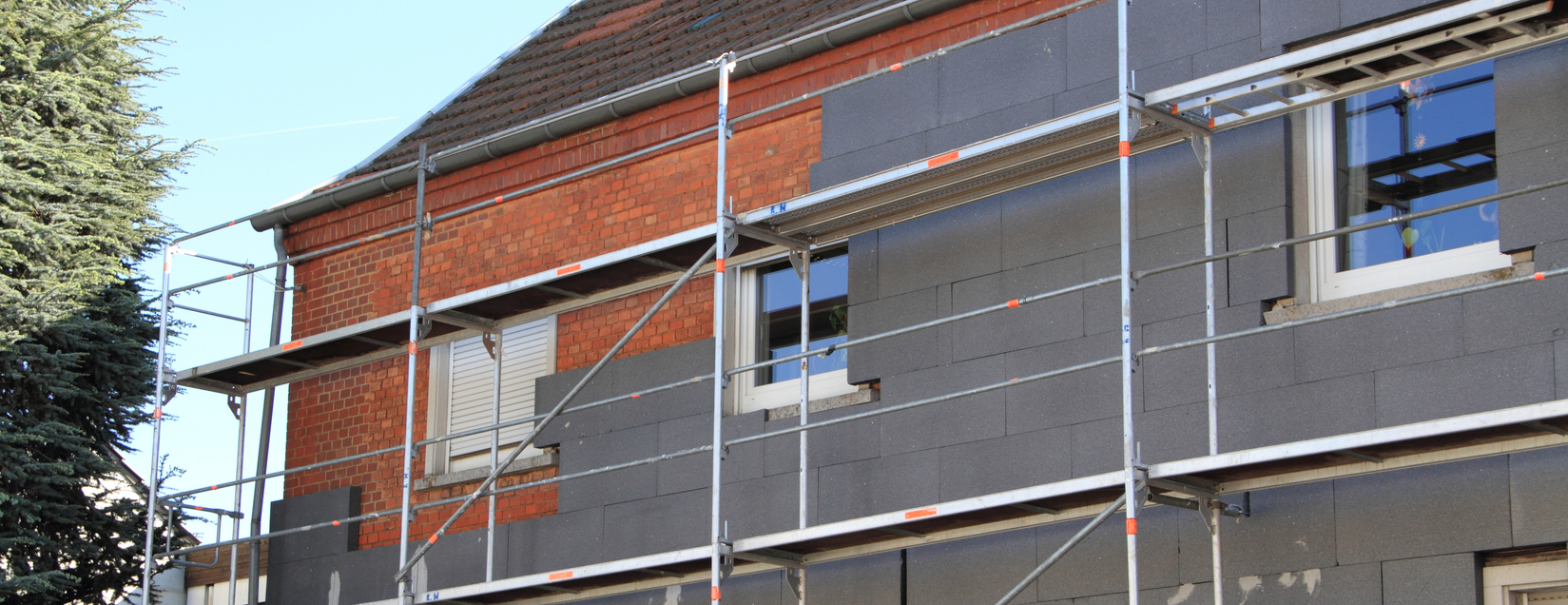The final quarter of 2024 could be an opportune time for investors, but they should still exercise caution
I spent ‘back to school’ week meeting with leading institutional investors, family offices and private equity houses across Europe’s financial hubs, looking to gauge appetites for the final quarter of 2024 and into 2025.
Almost all have been cautiously optimistic for the months ahead, while stressing they are still “not quite ready”. This is not universal by sector or investor type, and has very much depended on the route to market which they intend to take.
Real estate markets, both public and private, and in both the United States and Europe, are exhibiting signs of stabilisation after a turbulent reset. Data from the US analytics house Green Street, as well as the London-based MSCI, shows that both regions are showing upward momentum on a year-to-date (YTD) basis, suggesting that the markets may be finding their footing.
What is interesting is that this nascent recovery is being underpinned by improving discounted cash flow (DCF) values and not so much – at least yet – RedBook valuations. This is very much down to the type of investor exploring market opportunities, and the belief that certain markets are still overvalued due to a general dearth of distressed sellers.
We are seeing a renewed investor interest in the long-term income-generating potential of real estate, especially where that income is derived from quality tenants with positive prospects.
This is being played out in aggressive M&A activity in the public markets, and private equity buyers running the rule over property-rich businesses and extant portfolios. The private versus public real estate debate continues to rage on, and when the average listed UK reit is trading at a discount of almost a third, it is obvious why.
Public real estate and private real estate represent two distinct approaches to investment, each with advantages and challenges. Public real estate, typically accessed through reits, provides investors with liquidity, diversification and ease of entry, making it a popular choice for those seeking flexibility and income through dividends.
On the other hand, private real estate involves direct ownership of properties, offering greater control and potentially more stable, long-term returns. However, it requires upfront significant capital and active management, and is also less liquid, making it more suitable for investors with a long-term horizon.
Therefore, the drivers will have differences, especially in a market cycle still lacking access to sensibly-priced equity and debt.
A key factor supporting the stabilisation of both public and private real estate markets is the recent decline in long-term interest rates, which has improved the relative attractiveness of real estate investments compared to fixed income securities.
As of last week, swap rates for USD, GBP, and EUR stood at approximately 4.3 per cent, 4.5 per cent and 2.5 per cent respectively. These rates reflect a more favourable environment for real estate, especially as traditional fixed income instruments offer limited returns in this low-rate context.
Given this backdrop, it seems increasingly likely that institutional investors will begin reallocating capital to core real estate assets soon. Real estate’s ability to generate stable and meaningful income, coupled with its potential for capital growth, makes it an attractive proposition as investors seek to diversify and hedge against inflationary pressures.
While the initial signs of stabilisation are encouraging, the path to a full recovery in private real estate markets is expected to be gradual. Analysis from leading firms such as Savills, CBRE and the major institutional investor Abrdn suggest that the bulk of the recovery will unfold over the next 18 to 24 months.
This timeline reflects the ongoing economic uncertainties and the time it will take for demand and pricing to fully rebound across various real estate sectors.
Historical precedent should also temper our expectations. The aftermath of the global financial crisis saw a protracted recovery period for commercial property, with markets taking nearly four years to recoup their losses – and even longer in Ireland.
While the current economic environment is different in many ways, the lessons from the crisis highlight the potential for a slow and uneven recovery.
Given these factors, the final quarter of 2024 may present an opportune time for investors to consider re-entering the real estate market, particularly as more sectors begin to show sustained improvement. However, a cautious approach is warranted, as the market recovery will likely be uneven across different asset classes and regions.
The anticipated recovery is expected to be K-shaped, with certain sectors rebounding more quickly than others. Sell-side analysts have highlighted this divergence, noting that sectors such as residential (particularly multi-family housing, or “beds”), healthcare real estate (“meds”), and industrial logistics properties (“sheds”) are likely to recover faster than traditional office spaces.
The strength of the beds, meds and sheds sectors can be attributed to several factors. Multi-family housing remains resilient due to strong underlying demand for rental properties, especially when ownership remains out of reach for many.
Healthcare is buoyed by an ageing population and the increasing need for medical facilities, while industrial properties benefit from the continued growth of e-commerce and the need for efficient supply chains.
On the other hand, the office sector faces more significant challenges. The shift towards remote working models has reduced demand for traditional office space, leading to falling capital values and increased vacancy rates in some markets. As businesses reassess their space needs, the office sector may experience a longer and more painful adjustment period.
Non-discretionary retail, such as supermarkets, will also attract significant investor interest. Supermarkets have demonstrated their resilience during economic downturns, offering stable cash flows due to their non-discretionary nature.
Looking ahead, the real estate private markets are poised for a period of strategic reallocation and sector rotation. As investors navigate the post-pandemic landscape, there will be a greater emphasis on identifying sectors and assets that offer resilience, income stability, and potential for capital appreciation.
Institutional investors are likely to favour core assets in sectors that have demonstrated strong performance and are positioned for demand growth. This includes residential, healthcare and logistics, which not only offer solid income but also align with long-term demographic and economic trends.
At the same time, investors will need to be selective and mindful of emerging risks. The office sector will require careful scrutiny, as the full impact of changing work patterns is still unfolding. Additionally, the retail sector, while showing some signs of stabilisation and looks attractively priced, remains vulnerable to shifts in consumer behaviour.
The Irish, UK and broader European markets are at a critical juncture, with early signs of recovery tempered by the complexities of the current economic environment. While there are reasons for cautious optimism, particularly in certain high-performing sectors, the road ahead will require strategic decision-making and a deep understanding of market dynamics.
Investors who can navigate this landscape effectively are likely be well-positioned to capitalise on the opportunities that emerge as the private market continues to stabilise and recover – just like those public market investors who moved in September 2022.




